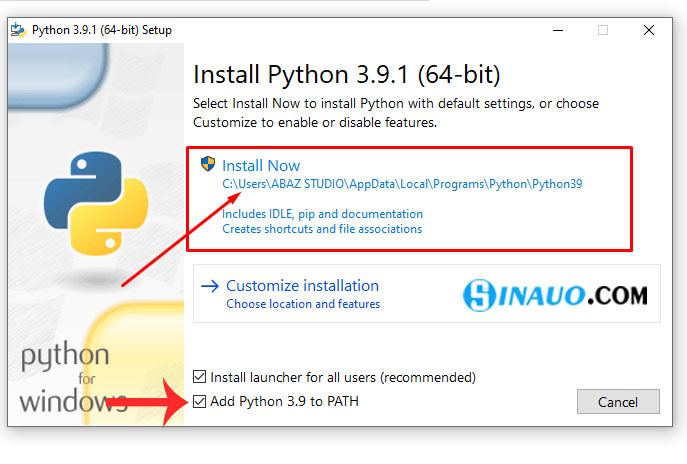
Many developers may already have homebrew installed. We will walk through the most common installation scenarios here, but if you encounter issues, consult the full installation instructions for the project: ĭifferent operating systems have different dependency needs, the latest of which are documented here: Installing pyenv on Mac OS using homebrew # virtualenv is still widely used - but it lacks some crucial features that pyenv provides for standardized installation methods. Prior to pyenv becoming popular, many python developers used virtualenv to manage environment versions. It's similar to the better-known tool that is commonly used in ruby development - rbenv. It allows developers to define which version of python to use on a per-project basis. Pyenv is an open-source tool used for managing multiple python environments.

Fortunately, there is a tool called pyenv that will allow us to safely install the latest python version - regardless of whether we have a system python version installed or not. Updating it can break certain tools that our operating system needs for essential tasks, including dependency management software. In cases where older are versions present, it is unsafe to update system python directly. In other cases, the command above could fail completely, indicting that python is not installed at all. Rooms, and mailing lists is expected to follow the PSF Code of Conduct.The output above indicates that the system version of python installed is much older than 3.7.

If you want to get involved head over to GitHub to get the source code, look at our development documentation and feel free to jump on the developer mailing lists and chat rooms:Įveryone interacting in the pip project’s codebases, issue trackers, chat If you find bugs, need help, or want to talk to the developers, please use our mailing lists or chat rooms: Note: pip 21.0, in January 2021, removed Python 2 support, per pip’s Python 2 support policy. We want your input, so sign up for our user experience research studies to help us do it right. In pip 20.3, we’ve made a big improvement to the heart of pip learn more. We release updates regularly, with a new version every 3 months.

Please take a look at our documentation for how to install and use pip:

You can use pip to install packages from the Python Package Index and other indexes.


 0 kommentar(er)
0 kommentar(er)
